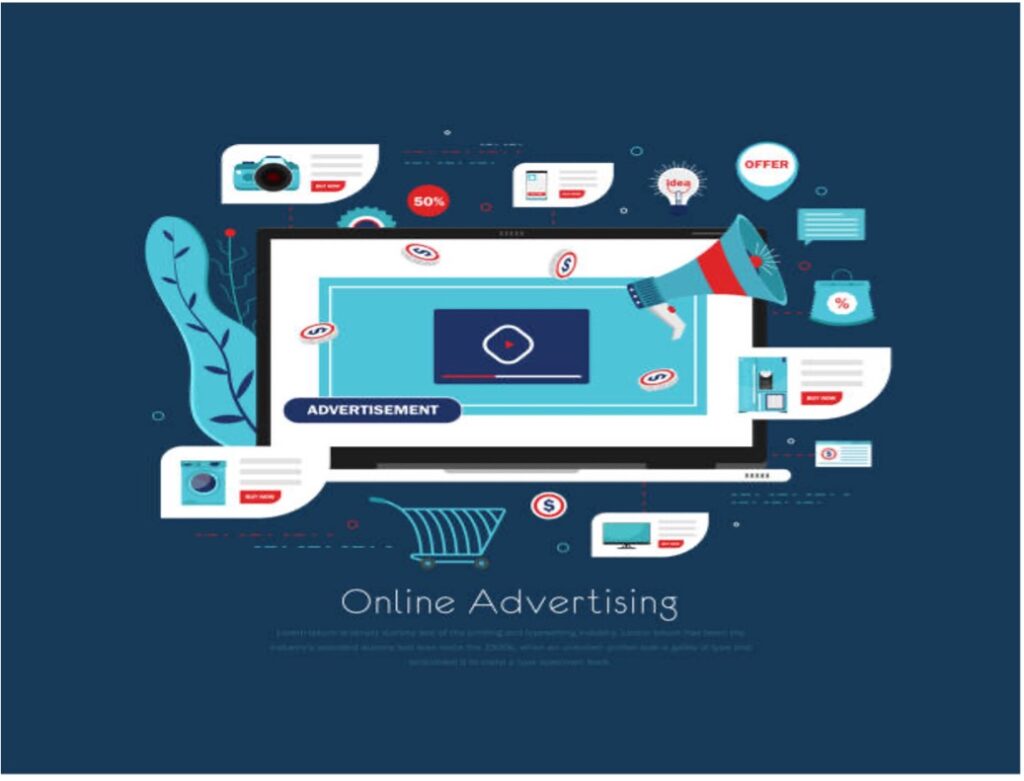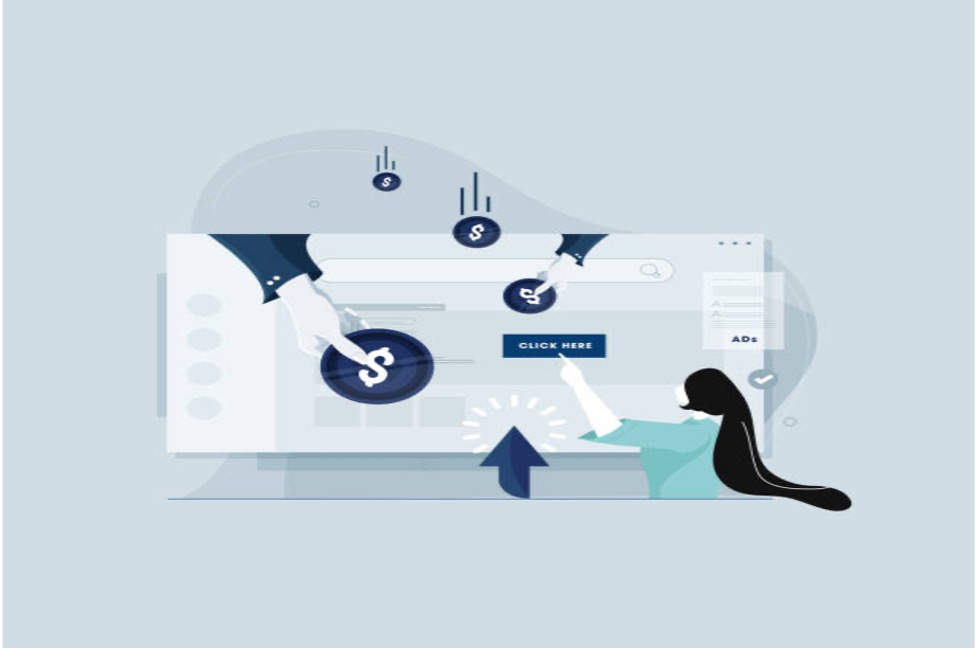Introduction
The global advertising industry has been witnessing the revolution of Internet-based technology over the recent decade. With the internet, reaching out to potential customers have become more effective and efficient. For online businesses to extend their customer base, create leads, broaden their marketing reach, and boost profitability, online advertising is essential. It provides a wide audience reach, is economical, and helps you target your audience. Businesses may interact with millions of prospective clients instantly and minimise travel by advertising their eCommerce store to a worldwide audience. As a result of the company’s enhanced exposure and lead creation, profitability will ultimately rise. Online marketing is frequently a more economical option for businesses to advertise their goods and services. Reaching the target demographic with the use of tools like online display ads, social media ads, and video ads results in more leads being generated and higher campaign profitability. In general, web marketing is a crucial tool for companies wanting to grow their clientele and earnings.

Economics of Online Advertising
The economics of online advertisements is complex and involves various revenue models. One of the key motivations of Internet advertising is the money collected from the purchase of ad space or impressions. Advertisers pay publishers or ad platforms to show their ads to a specific audience. The pricing models for online advertising might vary substantially. The most common models are cost per mile (CPM), cost per click (CPC), and cost per action (CPA). CPM is an abbreviation for cost per thousand impressions, CPC is an abbreviation for cost per ad click, and CPA is an abbreviation for cost per desired action, such as a purchase or sign-up. These pricing approaches allow advertisers to tailor their spending to specific goals and outcomes.
Targeting and reach are critical to the effectiveness of Internet advertising. Advertisers strive to successfully reach their target audience, ensuring that their advertising is viewed by the right people at the appropriate time. Advertisers may divide audiences based on demographics, interests, and online behaviours using advanced

The efficacy of online advertising is dependent on targeting and reach. Advertisers seek to reach their target audience successfully, ensuring that their advertisements are seen by the right people at the right time. Using advanced targeting capabilities supplied by platforms such as Google and Facebook, advertisers may segment audiences based on demographics, interests, and online behaviours. This level of precision boosts ad campaign efficiency by minimising wasted impressions and reaching out to potential customers more effectively.
Online advertising also increased the production of sponsored content as well as the use of affiliated marketing. The technique of promoting goods or services on behalf of advertisers in exchange for a cut of each sale or lead generated is known as affiliate marketing. Sponsored content is articles or videos that publishers post for a fee to advertise a certain service or company. These alternative revenue sources have grown to be an essential part of the online advertising industry, enabling publishers to diversify their revenue streams and provide more engaging content for their audience.
Although there are numerous benefits to online advertising, there are also risks and concerns. For instance, ad blockers, which restrict the display of advertisements, endanger publishers’ sources of income. Legislative and moral concerns about privacy related to the gathering and use of user data led to the implementation of the General Data Protection Regulation (GDPR) and better browser privacy capabilities. Ad fraud is another issue, endangering the integrity of the advertising ecosystem through dishonest methods like click fraud or impressions produced by bots.
An essential component of the economics of internet advertising is measuring its efficacy. Key performance indicators (KPIs) are used by publishers and advertisers to gauge the effectiveness of their campaigns

Click-through rates (CTR), conversion rates, return on investment (ROI), and customer acquisition costs (CAC) are examples of typical KPIs. These indicators assist marketers in evaluating the effectiveness of their commercials, fine-tuning their campaigns, and more effectively allocating their expenditures. Additionally, marketers and publishers frequently utilise techniques like tracking pixels and cookies to obtain information and insights about user behaviour. This allows for better focused and customised advertising experiences.
The economics of online advertising are intricate and dynamic. The industry has fundamentally altered how businesses sell their products and services thanks to new revenue streams for publishers and sophisticated targeting possibilities for advertising. Online advertising’s effectiveness depends on several factors, including precise targeting, the price of ad inventory, programmatic advertising, and the ability to track and enhance campaign performance. Ad blockers, privacy concerns, and ad fraud are just a few of the problems that need to be handled to maintain the sustainability and credibility of the online advertising ecosystem.
Conclusion
The rise of Internet-based advertising is altering the advertising business by providing more effective ways to link marketers and consumers. It is also transforming the media sector by allowing online media companies to compete for clients with traditional media organisations. The fast decline of the newspaper industry is one illustration of the symbiotic relationship between online content and advertising. Online advertising is provided through a variety of interconnected multifaceted platforms that facilitate the matching of marketers and consumers. These intermediaries are leveraging increasingly detailed individual data, prediction approaches, and matching algorithms to better match customers and advertisers. Some of their techniques raise public policy issues that must be balanced against the benefits of providing customers with more useful advertising and the possible loss of valuable resources.
Written by – Krati Nitin
Edited by – Mehansh Barthwal
